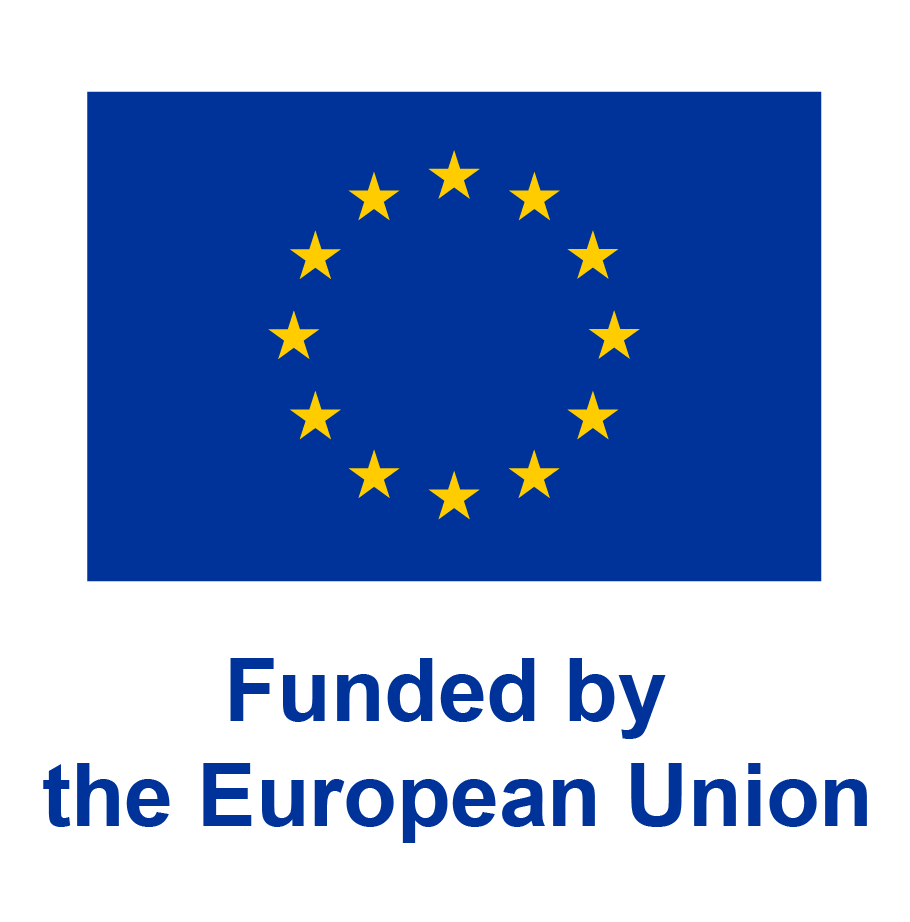

-
Natural sciences
- Data mining
-
Humanities and the arts
- Other history and archaeology not elsewhere classified
-
Social sciences
- Other social and economic geography not elsewhere classified
This project will provide a radically new history of early modern trans-Pacific trade, by critically re-evaluating conventionallyused sources, examining hitherto neglected historical archives and records in a range of Asian and European languages, and analysing recent archaeological evidence using new methodologies and perspectives. An interdisciplinary team, comprising specialists in Chinese, Japanese, Latin American, Southeast Asian, economic, environmental, and medical history, maritime archaeology, and geographical sciences, will, for the first time, systematically investigate the roles of actors, objects, side-effects, and exchanges that were 'invisible' or marginal to conventional histories of the Manila Galleon trade (1565 to 1815). They will also examine informal trade routes and networks in this trans-Pacific trade connection, concentrating on the 16th to 18th centuries. To achieve this goal, this project will expand upon the structure and impacts of contraband, informal, accidental, and undesired exchanges of cargoes, people, knowledge, technologies, and diseases across the Pacific, to evaluate, first, the complexity, nature, and degree of the global interconnectivity of Asian and European sub-regional networks, and, second, to reassess both their positive and negative impacts on trans-Pacific trade generally, and on indigenous actors and societies in China, Japan, and the Viceroyalty of Peru specifically. Our aim is to replace the outdated image of the galleon trade as being a pure exchange of silks, ceramics, and spices for silver between Acapulco and Manila, and to create a novel and more comprehensive bottom-up narrative that places human-environment interaction at the core of analysis. TRANSPACIFIC will substantially transform the understanding of the trans-Pacific Manila Galleon trade and its impacts, and, in so doing, will open the way for the re-evaluation of other major trans-maritime networks.